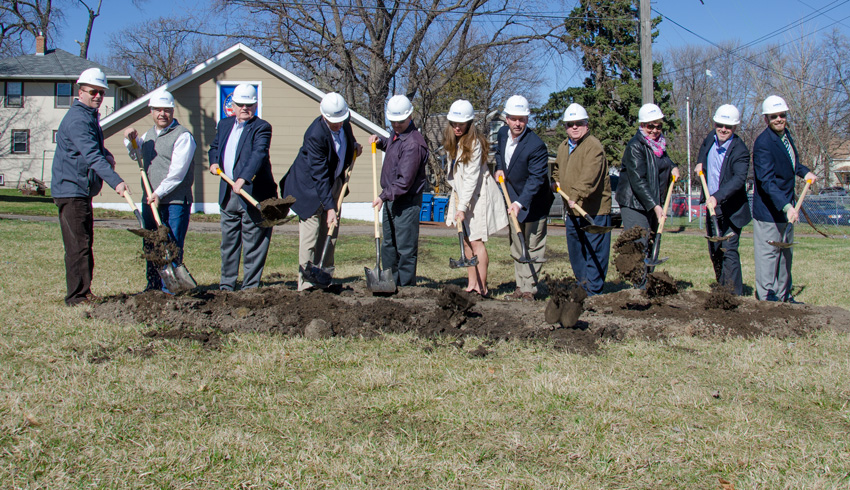SRF worked with the Minnesota DOT to develop and implement new traffic signal timing plans for the reconstructed four-lane, low speed, 15-signalized intersection corridor. We collected current traffic counts and built a traffic model of the corridor using Synchro/SimTraffic. Using the model, SRF devised a set of seven timing plans to handle the range of traffic conditions occurring on the corridor throughout the typical week. For each timing plan, the type of left-turn phasing mode to be used at flashing yellow arrow intersections along with appropriate cycle length, splits, offsets, and phase order were evaluated with the goal of minimizing delay and optimizing two-way progression to reduce stops and fuel consumption.
Upon completion of the timing plan development, SRF input the optimized timing parameters into the Minnesota DOT’s MaxView traffic signal central management system and spent two days in the field observing and fine-tuning the timing plans to provide optimal performance.
Following implementation, SRF used Synchro/SimTraffic to prepare a benefit-cost analysis of the project. Reductions in delay, stops, and fuel consumption were converted to dollar figures using federally published standards. The result of the project was a one-year 38:1 benefit-cost ratio, confirming a significant benefit. SRF documented the timing plan development and implementation process along with results of the benefit-cost analysis and additional recommendations in a project benefit report.


